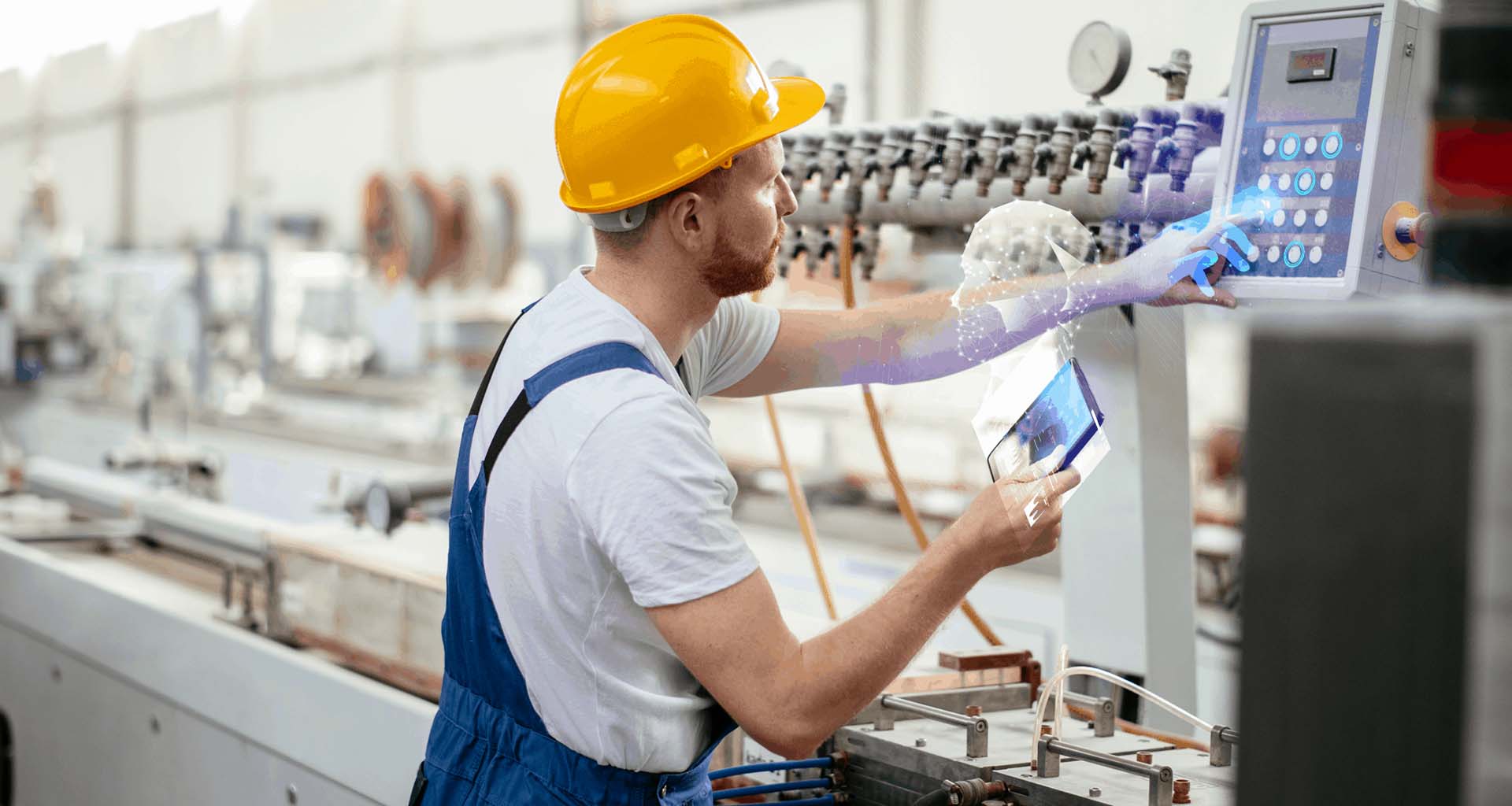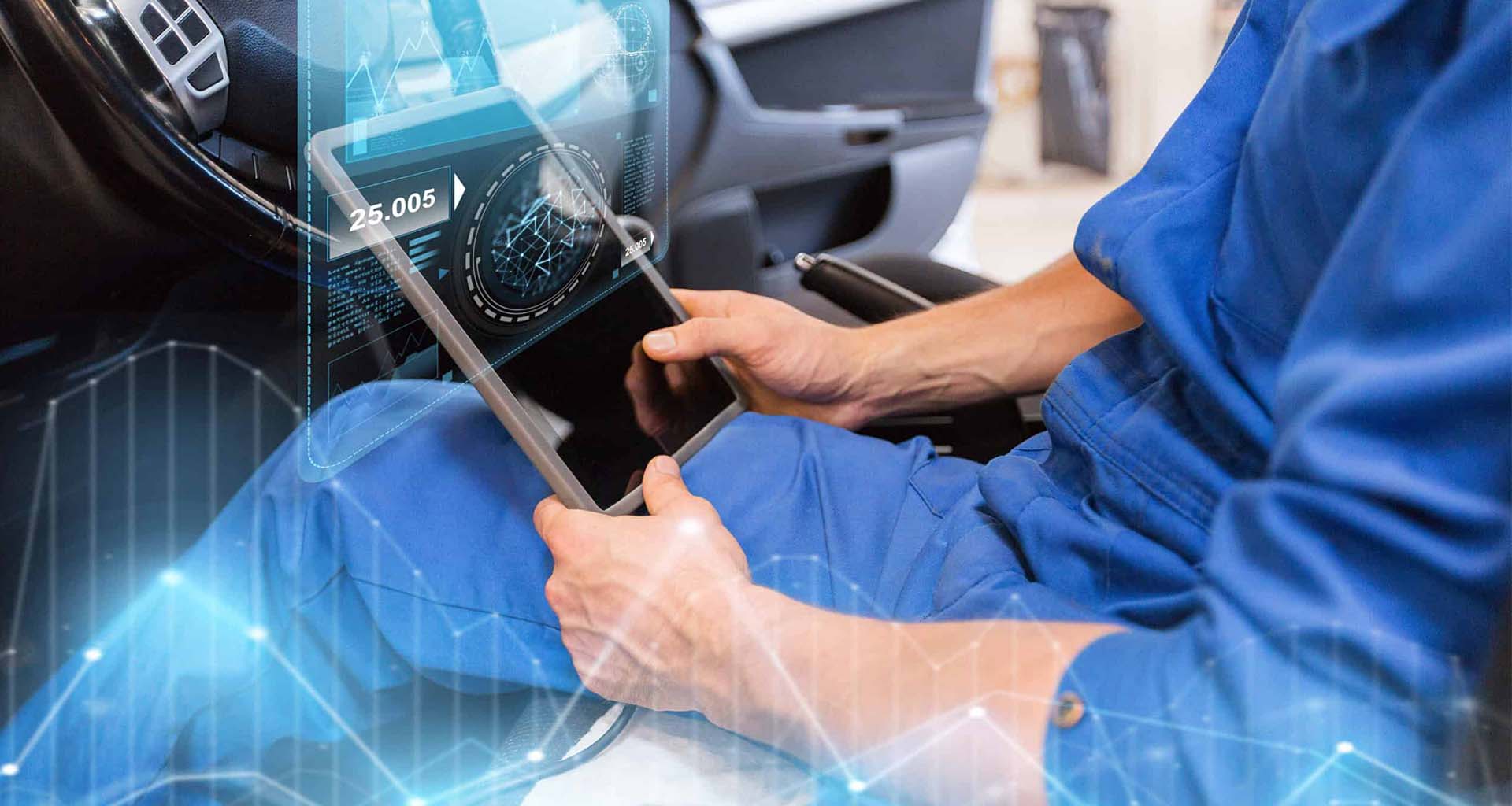Contents
Field service organizations in 2020 are challenged to continue providing the service excellence their customers expect while minimizing human contact. Many are meeting this challenge by tapping into the power of Augmented Reality (AR), which displays on-screen graphical information over a physical environment. AR is being used to boost field service efficiency by enabling remote technicians to guide their customers through many issue resolution processes, and by providing remote expert support to on-site technicians. It can also alleviate pressure on field forces by enabling customers to resolve issues in self-service.
Augmented Reality technology is already firmly entrenched in the field service industry and wider adoption is being driven by the need to overcome the operational challenges posed by the COVID-19 pandemic. In fact, Gartner predicts that by 2025, over 50% of field service management deployments will include mobile AR collaboration and knowledge-sharing tools, up from fewer than 10% in 2019.
The Use of AR in Increasing Field Service Efficiency
AR is especially useful in addressing three core use cases, each of which enhances field service efficiency:
- optimizing appointments
- handling complex equipment
- delivering results-driven outcomes
Optimizing Appointments
Field service technicians are often forced to travel to multiple locations per day to provide installation, repair or maintenance services. Schedules are frequently volatile and technicians may be under pressure of time due to emergencies, travel delays, lengthy appointments and cancellations. Field service organizations can use Augmented Reality to ensure that their technicians’ schedules are as efficient as possible, reducing time on site and eliminating no fault found (NFF) visits.
Companies can employ remote support to inspect issues in advance to confirm that the visit is necessary, and to ensure that the best technician for the job is dispatched. Remote technicians can use AR to show the customer how to carry out basic diagnostic procedures or to self-resolve the issue, by showing which cables to plug in or which buttons to press, eliminating the need for the visit altogether.
In more complex cases, technicians – especially newly qualified workers or third-party contractors – can benefit from support provided by remote experts, who can use AR to guide them to an efficient and effective resolution.
In cases where self-service is possible, Computer Vision can automate the process by recognizing the customer’s device and identifying the issue. It can then cross-reference this data with a visual knowledge base and provide the customer with annotated images to help them resolve the problem without technician intervention.
Handling Complex Equipment
Not every service call is cut and dried. Field service organizations all experience situations where complex or unfamiliar equipment requires significant time and/or additional support. Many technicians are highly specialized and may not have a wide enough skill set to address a multi-system issue. In many cases, field technicians may rely on remote experts for specific aspects of the job, such as confirmation, remote guidance, quality control, and safety.
Increasing technician enablement with mobile apps is essential to getting the job done efficiently. For example, if a field service technician is unfamiliar with a particular piece of equipment, he can point his smartphone at it, allowing a remote expert to provide AR guidance. This drives efficiencies in the resolution process, raising the organization’s first time fix rate.
Computer Vision AI can take this to the next level. The technology can recognize the equipment, and identify specific parts including wires, cables, pipes, fuses and bearings. It can also spot faults such as fine cracks, component misalignments, and issues involving connected equipment and its status. Once the root cause is identified, the system provides the technicians with step-by-step AR guidance on how to resolve it. It can also confirm that the job has been completed properly, without needing to wait for a remote expert to become available, eliminating a common bottleneck affecting workforces which have been pared down due to COVID-19.
Delivering Results-Driven Outcomes
To ensure customer expectations are met, organizations are shifting to proactive field service delivery, instead of focusing on a reactive break-fix model. For example, in the B2B realm, rather than simply measuring the first time fix rate, customer-centric companies are measuring machine downtime or Overall Equipment Effectiveness, shifting the focus from the process to the outcome. It is not only about whether the technician fixed the machine on his first visit, but also about how long the machine was out of action before he got there.
With this model, many organizations monitor customer equipment 24/7 via IoT sensors and are contractually committed to maximizing the equipment’s performance. According to Gartner, over 50% of OEMs will offer outcome-based service contracts relying on access to digital twin data by 2025, up from under 20% in 2019.
For example, a manufacturing facility is being monitored by a Computer Vision-based system. The technology detects that a red light is blinking on a specific machine, which triggers an alert to the foreman, who receives step-by-step AR guidance on how to resolve the issue, ensuring that it’s fixed before impacting the production line. This eliminates the need for an technician visit and reduces machine downtime.
AR and Computer Vision Enhance Field Service Efficiency
AR enables field service organizations to become more efficient and is even more powerful when combined with Computer Vision AI capabilities. Forward-thinking companies are using AR to address three main use cases in field service today: schedule optimization, support for complex equipment, and the need for results-driven outcomes.






